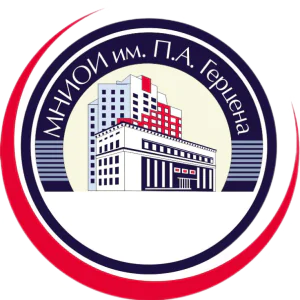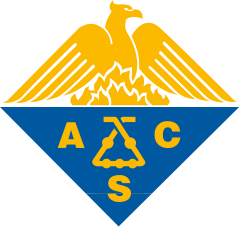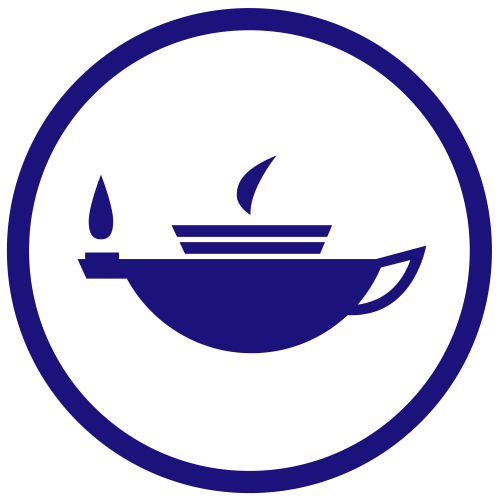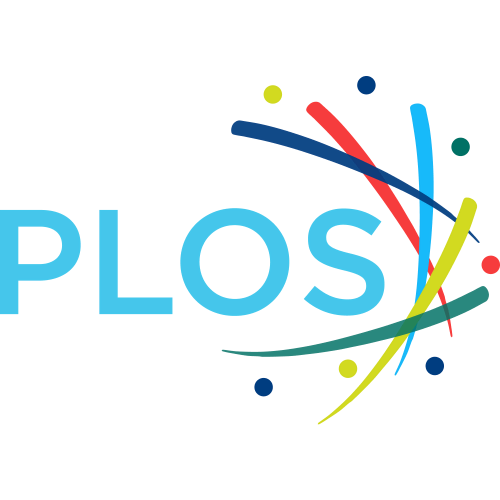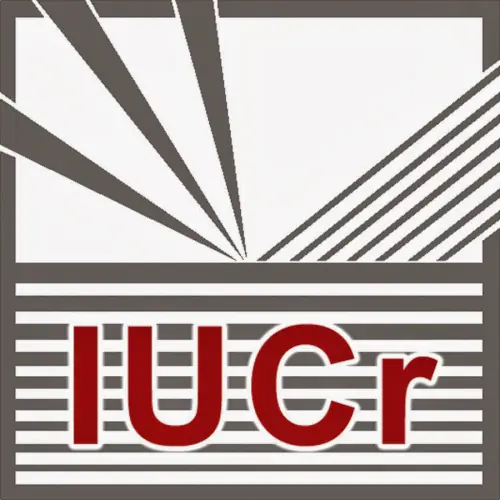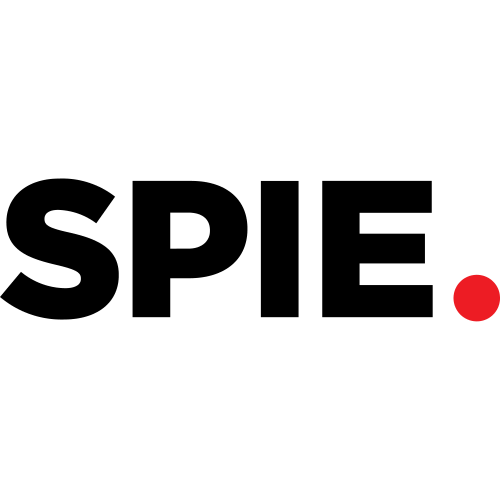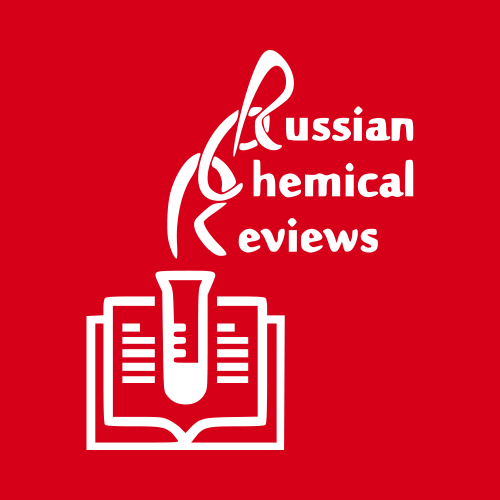Hydration in drug design. 1. Multiple hydrogen-bonding features of water molecules in mediating protein-ligand interactions
Publication type: Journal Article
Publication date: 1995-12-01
scimago Q2
wos Q2
SJR: 0.576
CiteScore: 7.0
Impact factor: 3.1
ISSN: 0920654X, 15734951
PubMed ID:
8789192
Drug Discovery
Physical and Theoretical Chemistry
Computer Science Applications
Abstract
Water is known to play an important rôle in the recognition and stabilization of the interaction between a ligand and its site. This has important implications for drug design. Analyses of 19 high-resolution crystal structures of protein-ligand complexes reveal the multiple hydrogen-bonding feature of water molecules mediating protein-ligand interactions. Most of the water molecules (nearly 80%) involved in bridging the protein and the ligand can make three or more hydrogen bonds when distance and bond angles are used as criteria to define hydrogen-bonding interactions. Isotropic B-factors have been used to take into account the mobility of water molecules. The water molecules at binding sites bridge the protein and ligand, and interact with other water molecules to form a complex network of interconnecting hydrogen bonds. Some water molecules at the site do not directly bridge between the protein and the ligand, but may contribute indirectly to the stability of the complex by holding bridging water molecules in the right position through a network of hydrogen bonds. These water networks are probably crucial for the stability of the protein-ligand complex and are important for any site-directed drug design strategies.
Found
Nothing found, try to update filter.
Found
Nothing found, try to update filter.
Top-30
Journals
|
2
4
6
8
10
12
14
16
18
|
|
|
Journal of Chemical Information and Modeling
17 publications, 10.76%
|
|
|
Journal of Chemical Theory and Computation
10 publications, 6.33%
|
|
|
Proteins: Structure, Function and Genetics
8 publications, 5.06%
|
|
|
Journal of Computer-Aided Molecular Design
7 publications, 4.43%
|
|
|
Journal of Molecular Modeling
6 publications, 3.8%
|
|
|
Molecules
5 publications, 3.16%
|
|
|
Journal of Molecular Biology
4 publications, 2.53%
|
|
|
Journal of Biomolecular Structure and Dynamics
4 publications, 2.53%
|
|
|
Journal of Computational Chemistry
4 publications, 2.53%
|
|
|
Journal of Physical Chemistry B
4 publications, 2.53%
|
|
|
Bioorganic and Medicinal Chemistry Letters
3 publications, 1.9%
|
|
|
Journal of Molecular Graphics and Modelling
3 publications, 1.9%
|
|
|
Methods in Molecular Biology
3 publications, 1.9%
|
|
|
Drug Discovery Today
2 publications, 1.27%
|
|
|
Structure
2 publications, 1.27%
|
|
|
Chemical Physics Letters
2 publications, 1.27%
|
|
|
Medicinal Chemistry Research
2 publications, 1.27%
|
|
|
Journal of Molecular Structure
2 publications, 1.27%
|
|
|
PLoS Computational Biology
2 publications, 1.27%
|
|
|
Biopolymers
2 publications, 1.27%
|
|
|
Angewandte Chemie
2 publications, 1.27%
|
|
|
Angewandte Chemie - International Edition
2 publications, 1.27%
|
|
|
Biochemistry
2 publications, 1.27%
|
|
|
Reviews in Computational Chemistry
2 publications, 1.27%
|
|
|
Current Opinion in Structural Biology
1 publication, 0.63%
|
|
|
Chemistry & Biology
1 publication, 0.63%
|
|
|
Journal of Chemical Physics
1 publication, 0.63%
|
|
|
Current HIV Research
1 publication, 0.63%
|
|
|
Progress in Nuclear Magnetic Resonance Spectroscopy
1 publication, 0.63%
|
|
|
2
4
6
8
10
12
14
16
18
|
Publishers
|
5
10
15
20
25
30
35
|
|
|
American Chemical Society (ACS)
35 publications, 22.15%
|
|
|
Elsevier
28 publications, 17.72%
|
|
|
Wiley
28 publications, 17.72%
|
|
|
Springer Nature
25 publications, 15.82%
|
|
|
Taylor & Francis
7 publications, 4.43%
|
|
|
MDPI
5 publications, 3.16%
|
|
|
Public Library of Science (PLoS)
3 publications, 1.9%
|
|
|
Royal Society of Chemistry (RSC)
3 publications, 1.9%
|
|
|
Cold Spring Harbor Laboratory
3 publications, 1.9%
|
|
|
AIP Publishing
1 publication, 0.63%
|
|
|
Bentham Science Publishers Ltd.
1 publication, 0.63%
|
|
|
International Union of Crystallography (IUCr)
1 publication, 0.63%
|
|
|
Pharmaceutical Society of Japan
1 publication, 0.63%
|
|
|
World Scientific
1 publication, 0.63%
|
|
|
Frontiers Media S.A.
1 publication, 0.63%
|
|
|
Institute of Electrical and Electronics Engineers (IEEE)
1 publication, 0.63%
|
|
|
Oxford University Press
1 publication, 0.63%
|
|
|
SPIE-Intl Soc Optical Eng
1 publication, 0.63%
|
|
|
National Academy of Sciences of Ukraine (Co. LTD Ukrinformnauka) (Publications)
1 publication, 0.63%
|
|
|
Autonomous Non-profit Organization Editorial Board of the journal Uspekhi Khimii
1 publication, 0.63%
|
|
|
Pleiades Publishing
1 publication, 0.63%
|
|
|
5
10
15
20
25
30
35
|
- We do not take into account publications without a DOI.
- Statistics recalculated weekly.
Are you a researcher?
Create a profile to get free access to personal recommendations for colleagues and new articles.
Metrics
158
Total citations:
158
Citations from 2024:
15
(9.49%)
Cite this
GOST |
RIS |
BibTex |
MLA
Cite this
GOST
Copy
Poornima C. S., Dean P. M. Hydration in drug design. 1. Multiple hydrogen-bonding features of water molecules in mediating protein-ligand interactions // Journal of Computer-Aided Molecular Design. 1995. Vol. 9. No. 6. pp. 500-512.
GOST all authors (up to 50)
Copy
Poornima C. S., Dean P. M. Hydration in drug design. 1. Multiple hydrogen-bonding features of water molecules in mediating protein-ligand interactions // Journal of Computer-Aided Molecular Design. 1995. Vol. 9. No. 6. pp. 500-512.
Cite this
RIS
Copy
TY - JOUR
DO - 10.1007/bf00124321
UR - https://doi.org/10.1007/bf00124321
TI - Hydration in drug design. 1. Multiple hydrogen-bonding features of water molecules in mediating protein-ligand interactions
T2 - Journal of Computer-Aided Molecular Design
AU - Poornima, C S
AU - Dean, P. M.
PY - 1995
DA - 1995/12/01
PB - Springer Nature
SP - 500-512
IS - 6
VL - 9
PMID - 8789192
SN - 0920-654X
SN - 1573-4951
ER -
Cite this
BibTex (up to 50 authors)
Copy
@article{1995_Poornima,
author = {C S Poornima and P. M. Dean},
title = {Hydration in drug design. 1. Multiple hydrogen-bonding features of water molecules in mediating protein-ligand interactions},
journal = {Journal of Computer-Aided Molecular Design},
year = {1995},
volume = {9},
publisher = {Springer Nature},
month = {dec},
url = {https://doi.org/10.1007/bf00124321},
number = {6},
pages = {500--512},
doi = {10.1007/bf00124321}
}
Cite this
MLA
Copy
Poornima, C. S., and P. M. Dean. “Hydration in drug design. 1. Multiple hydrogen-bonding features of water molecules in mediating protein-ligand interactions.” Journal of Computer-Aided Molecular Design, vol. 9, no. 6, Dec. 1995, pp. 500-512. https://doi.org/10.1007/bf00124321.




